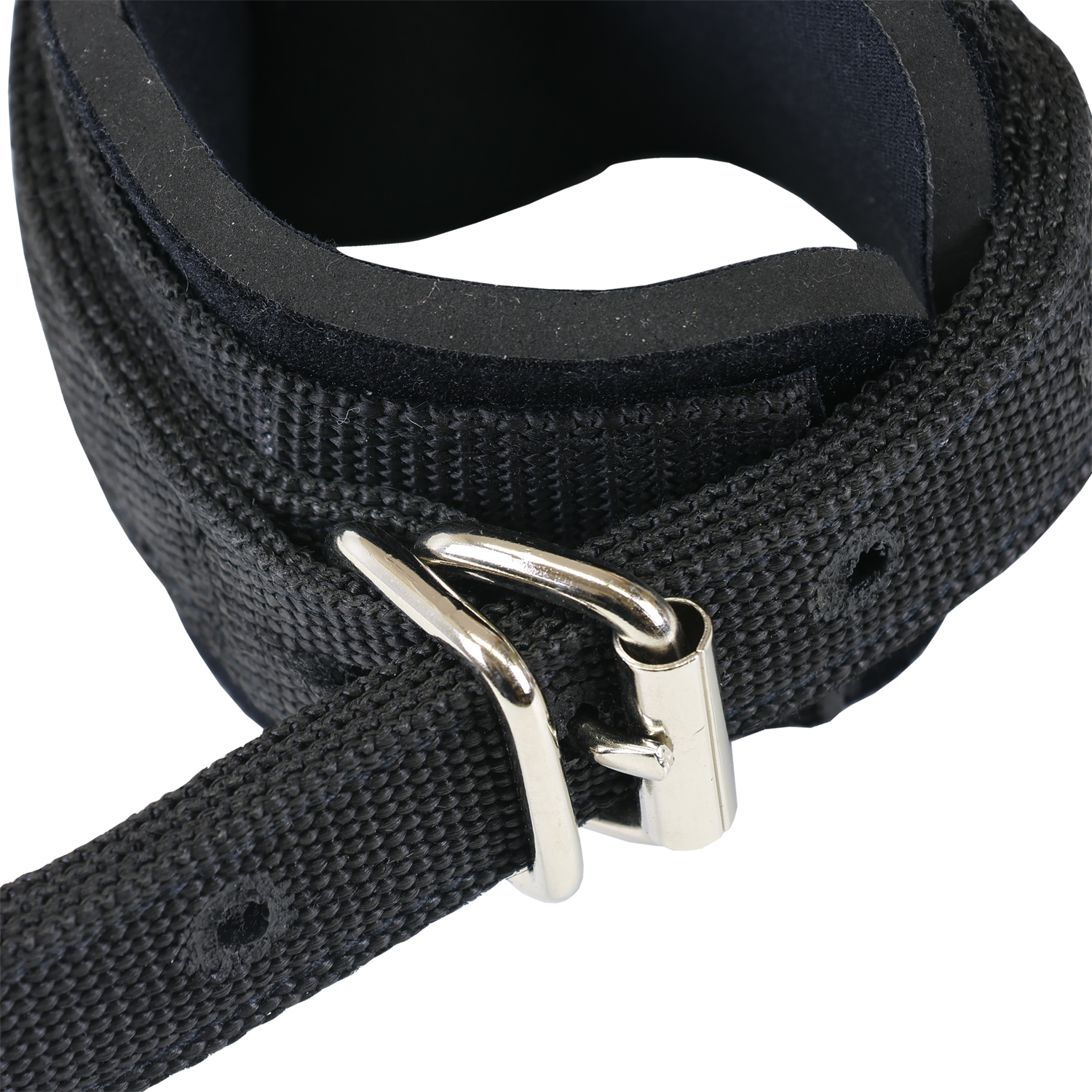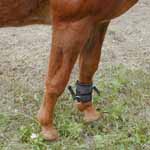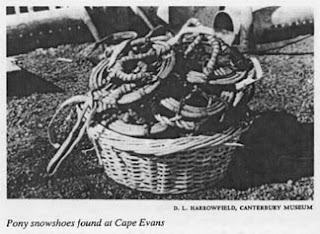Bernice will be leaving the cool comfort of the Astoria, Oregon and Naselle, Washington area on Sunday, July 22nd. Please wish her luck as she braves the head and heads up the Columbia River to Cathlamet, Washinton. From there, she is heading north to Castle Rock, east to Yakima, then just north of Spokane. She will cross over into Libby, Montana through National Forest lands to bring her back home to Trego, Montana on the back road (Fortine Creek Road).
She's excited to head home, and says it now seems like nothing to look at 700 or 800 miles of road before her. However, she is a little worried about the latest heat wave, and plans to take her time until the cooler weather of the mountains and autumn. She will be riding only from about 4 am to 10 am, then 5 or 6 pm until dark. During the heat of the day, you'll find her next to a good watering hole with plenty of shade for all three of them.
What's next? Yes, Bernice is already planning her next trip, which will take her through the desert in the winter. She will probably head back out in January or February, heading through Death Valley, the Grand Canyon and Sedona. She's excited for the new experience - she'll be taking a pack animal.
She's excited to head home, and says it now seems like nothing to look at 700 or 800 miles of road before her. However, she is a little worried about the latest heat wave, and plans to take her time until the cooler weather of the mountains and autumn. She will be riding only from about 4 am to 10 am, then 5 or 6 pm until dark. During the heat of the day, you'll find her next to a good watering hole with plenty of shade for all three of them.
What's next? Yes, Bernice is already planning her next trip, which will take her through the desert in the winter. She will probably head back out in January or February, heading through Death Valley, the Grand Canyon and Sedona. She's excited for the new experience - she'll be taking a pack animal.



